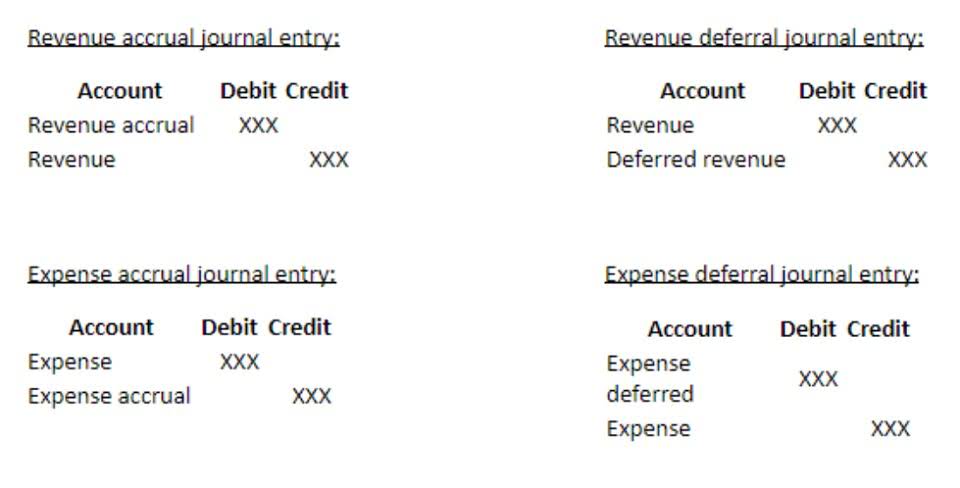
This means revenue is not recognized upfront at the time of the sale for the entire subscription fee but rather over the course of the subscription period. Meanwhile, construction companies usually recognize revenue over time as a project progresses, based on the percentage of completion method, rather than recognizing it all at once after completing the project. This method considers costs incurred and efforts expended as a proportion of the total project costs to determine when and how much revenue can be recognized. Accounting teams must follow the revenue recognition principle per GAAP when recording revenue.
Determine the Specific Transaction Price (alongside other prices) Declared in the Contract
A contract can be written or oral, and it can be explicit or implied by the actions of the parties involved. The old guidance was industry-specific, https://www.bookstime.com/ which created a system of fragmented policies. The updated revenue recognition standard is industry-neutral and, therefore, more transparent.
- A performance obligation refers to the goods or services that a company has agreed to provide to its customer.
- The matching concept and revenue recognition concept affect the various financial statements in different ways.
- If so, set the transaction price based on either the most likely amount or the probability-weighted expected value, using whichever method yields that amount of consideration most likely to be paid.
- US GAAP dictates that revenue is recognized when earned, not when cash is received.
- When following the revenue recognition principle, it’s crucial to plan for revenue that you may not be able to collect.
- It is considered unclaimed property for the customer, meaning that the company cannot keep these funds as revenue because, in this case, they have reverted to the state government.
Best Practices for Maintaining Accounting Accuracy
While a detailed look at each of these five requirements is too involved for an introductory course, we can use a simple example to show the five steps. First, it is important to remember that the accrual accounting method aligns with this principle, and it records transactions related to revenue earnings as the performance obligations are met, not when cash is collected. For example, a landscaping company signs a $600 contract with a customer (step 1) to provide landscaping services for the next six months (step 2) for a total fee of $600 (step 3). Assume the landscaping workload is distributed evenly throughout the six months.
Revenue Recognition from Contracts
- Certain services may not be available to attest clients under the rules and regulations of public accounting.
- Also under the accrual basis of accounting, if an entity receives payment in advance from a customer, then the entity records this payment as a liability, not as revenue.
- This is a key area of accounting, since business owners routinely attempt to accelerate the recognition of revenue in order to show better corporate performance than is really the case.
- Instead of recognizing the entire $25,000 in the first year, you should list the assets on your balance sheet and use a depreciation expense to claim $5000 per year on your income statement.
- The purpose of the principle of revenue recognition is to ensure that a company recognizes revenue in a manner that accurately reflects its financial performance.
This is mainly applicable in the case of purchase of high ticket goods such as real estate, machinery, equipment and appliances. Here, revenue is recognized as a percentage of the total revenue as and when the payment is received. Significant judgments frequently need to be made when an entity evaluates the appropriate recognition of revenue from contracts with customers. These judgments are often required throughout the revenue standard’s five-step process that an entity applies to determine when, and how much, revenue should be recognized.

A core feature of accrual accounting, it dictates when and how income should be recorded. In this method, the revenue is recognized over time as the service is utilized by the customer. Here, the customer derives value from the goods or services over a period of time, and revenue is recognized linearly across the subscription period. For example, let us assume that a company sells equipment worth $10,000 to a customer with an installment period of 5 months.

Since you draft monthly income statements, you divide the $12,000 into four monthly expenses of $3000 and recognize them over the four consecutive monthly periods. Your company bills clients at the end of the month for the services you’ve provided during the month. Most of your clients pay within the allowed time period, but some—due to issues with the payment system, a forgetful manager, the invoice hitting the spam folder, etc.—do not pay on time.
Accounting Standards Codification (ASC) 606
Until the Financial Accounting Standards Board (FASB) and the International Accounting Standards Board (IASB) issued ASC 606 in 2014, revenue recognition was a jumbled mix of industry guidelines. ASC 606 streamlined the whole process, making it the same for everyone who enters into contracts with customers. For example, a company that sells according to the revenue recognition principle products on an installment plan would use the installment method to recognize revenue. Revenue is recognized as payments are received from the customer over the lifespan of the installment plan. The completed contract method recognizes revenue when a contract is completed, and the risks and rewards of ownership transfer to the customer.
